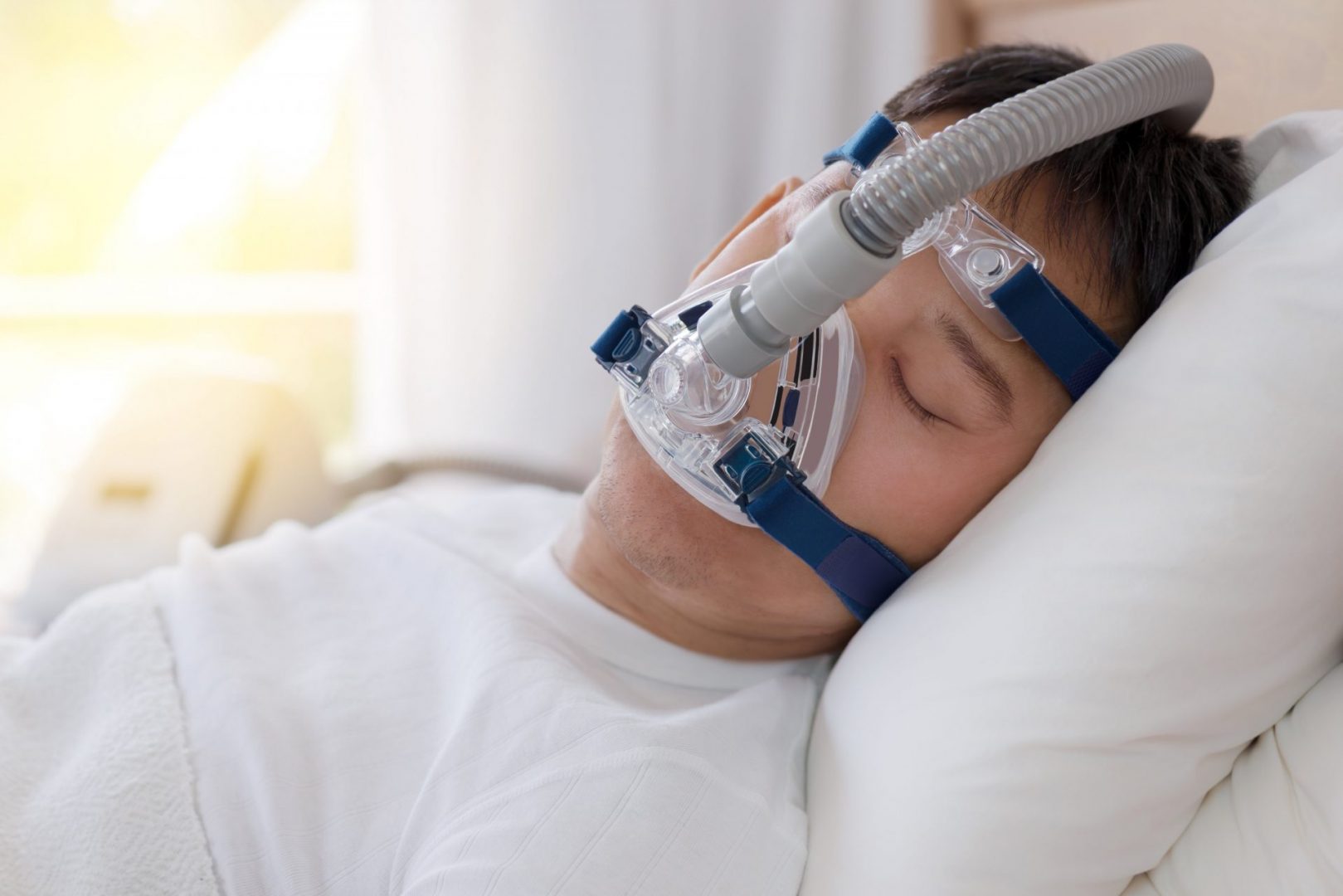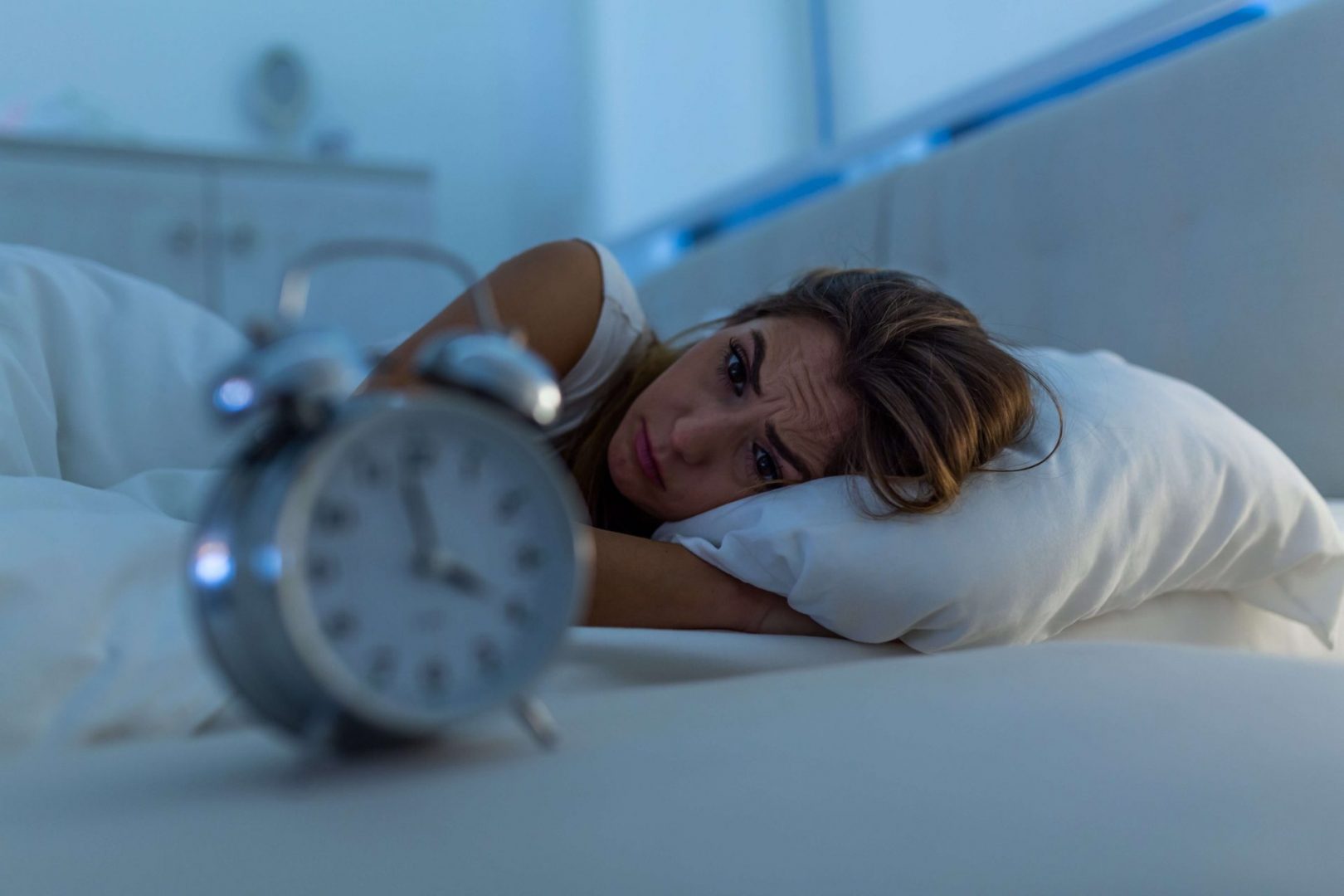Most of us have heard of the term Sleep Apnea before. A lot of us would associate it with snoring and some of us might assume that people who snore have sleep apnea. But let’s explore more on this condition and enhance what we know about it.
Sleep Apnea is a chronic sleep disorder characterized by repeated episodes of complete or partial upper airway obstruction during sleep. This condition leads to a decrease in the oxygen content in the blood and sleep fragmentation which are repetitive short interruptions of sleep. Because of this airway obstruction, the typical symptoms for sleep apnea is heavy snoring as well as tiredness during the day due to chronic sleep deprivation. Studies have shown that 2-5% of adult women and 3-7% of adult men suffer from symptomatic sleep apnea.
What are the effects of Sleep Apnea?
The deterioration of your sleep quality is the primary effect of this condition. This leads to drowsiness and fatigue during the day, as well as cognitive dysfunction and impaired work performance. This condition has also been identified as a risk factor for other conditions like systematic hypertension, cardiovascular disease, and stroke. Certain studies have also shown that men who suffer from sleep apnea have significantly lower levels of testosterone compared to those not suffering from it.
What causes Sleep Apnea?
Some of the risk factors associated with this condition are advancing age, obesity, family history, craniofacial abnormalities, heavy cigarette smoking, and alcohol consumption. There is also a skew towards males for this condition. For females specifically, menopause can be a risk factor. However, we must keep in mind that these are only risk factors that may increase your vulnerability for the disorder and not the actual causes.
How can we manage Sleep Apnea?
This condition is recognized as a serious disease but it often stays undetected. Sleeping partners can help to report any abnormalities during the night like heavy snoring and/or breathing problems/ pauses during sleep. Early detection helps in having the appropriate and effective therapy for those with sleep apnea so that they can counteract serious health consequences.
Treatment of milder forms of this condition would include weight reduction, quitting of smoking, maintenance of a regular sleeping pattern, or treatment of nasal allergies to support better breathing at night. If symptoms do not improve using these methods, or if the case of sleep apnea is severe, various treatments/ devices are possible. One of the most common and most reliable methods is the Continuous Positive Airway Pressure (CPAP), which is a machine that you put on before going to bed. This machine delivers air pressure through a mask to keep the upper airways open. Other methods include Oral Appliances which are designed to keep your throat open, or Supplemental Oxygen machines which counteract the shortage of oxygen during the sleep. These are only a few examples of the treatments and therapies which are used to address this condition.
As you can see, this is not something that you should take lightly. It is quite difficult to detect, hence its important to ask the help of your sleeping partner. If they notice any irregularities when you sleep, you should consider consulting your doctor to examine the matter further and intervene in good time if necessary.
REFERENCES:
Punjabi, N. M. (2008). The Epidemiology of Adult Obstructive Sleep Apnea. American Thoracic Society. https://dx.doi.org/10.1513%2Fpats.200709-155MG
Sung-Dong, K., & Kyu-Sup, C. (2018). Obstructive Sleep Apnea and Testosterone Deficiency. The World Journal of Men’s Health. https://dx.doi.org/10.5534%2Fwjmh.180017
Walker, M. (2017). Why We Sleep. Unlocking the Power of Sleep and Dreams.



